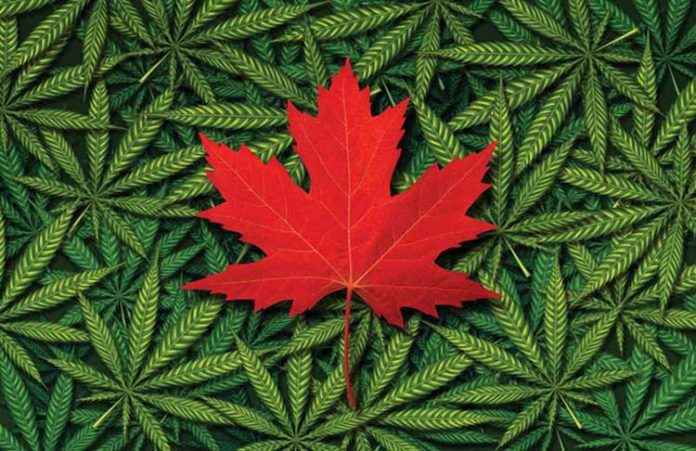One of the first things medical students are taught is some version of the precept, “first do no harm.” It’s a good maxim for life in general, and, more specifically, for any policy maker looking to make significant changes to the existing order of things.
Take, for example, the legalization of marijuana. Even as Canada rolls steadily toward legalization, with Bill C-45 expected to become law sometime later this summer, one of the most famously permissive jurisdictions in Europe is steadily ratcheting up its controls on the selling and consumption of marijuana. In response to complaints by residents and growing concerns over anti-social behavior, the Dutch city of The Hague has banned the smoking of cannabis in the city centre, around the train station and in major shopping districts. This comes a few years after a judge authorized a partial clampdown on sales of the drug to tourists and other non-residents.
The central question facing the Liberal government as it seeks to fulfill its 2015 campaign promise to “legalize, regulate and restrict access to marijuana” is: Can they do it without making the situation worse? As the Liberal platform points out, the current regime has a lot of problems. It doesn’t keep pot away from kids, it puts large profits into the hands of organized crime and it traps a lot of people – disproportionately those from disadvantaged communities – into the criminal-justice system for what is, for the most part, a victimless crime.
From that perspective, legalization would seem to be a no-brainer. But it is always possible for even the most well-intentioned government to make things worse, and as Bill C-45 moves closer to becoming law, a number of warning flares are starting to go off.
Most obviously, it isn’t clear that the policy is well-designed to reach one of its stated objectives, which is to reduce the harm that use of unregulated marijuana consumption is doing to adolescent minors, who are most at risk from the effects of prolonged consumption on the brain. Unless the government is operating under the quixotic assumption that minors will simply stop consuming the drug, their access to it will still largely come from the illegal sources that they are presently using to procure it. Sure, the fact that their older brothers and sisters (and perhaps even their parents) may have access to legal pot may mean that some of them will be able to access the drug by raiding family members’ stashes. But by and large, the people most at risk will still be dealing with suppliers operating in the illegal market.
A related concern is the fact that the government has decided to limit the supply of legal marijuana to a small number of big, licensed providers, rather than inviting erstwhile illegal providers into the market subject to rigorous controls. This means that there will still be quite a bit of illegal marijuana out there and those peddling the illegal product will be more than happy to continue supplying our kids. It might be easier to strangle the supply to adolescents if suppliers were all invited into the lucrative legal market, on the condition that they subject themselves to rigorous quality controls and that they strenuously enforce legally mandated age restrictions.
The alternative, of course, is to ramp up criminal enforcement of drug laws outside of the narrowly defined legal market. This means, in effect, re-launching the disastrous war on drugs. The irony here should not be lost on those who have been following failed attempts throughout the world to regulate drugs through the criminal law.
Finally, part of the fun of federalism is that the responsibility for implementing a complex policy falls not just to one, but to several levels of government. So, there are myriad ways in which the legalization of marijuana could end up yielding undesirable consequences that have nothing to do with the federal government. To give just one example, the government of Quebec is proposing to implement a zero-tolerance policy with respect to driving with even trace levels of marijuana in your system. This will inevitably put enormous pressure on the court system, as the policy would be far more draconian than the one that currently governs permissible blood-alcohol levels for motorists.
The legalization of marijuana is a bold move on the part of the Liberal government. The failure of electoral reform, which had been another of this government’s marquee platform planks and the political disaster of its handling of the Kinder Morgan pipeline, point to a government in dire need of a policy win.
But as large as the stakes may be for the Liberals, they are even bigger for Canadians who stand to benefit from legalization being done right, but have a lot to lose if it goes badly. Legalization is the beginning of the process, not the end, and we should all hope that this government, or its successors, will have the political courage to alter course if any harms from the new policy demonstrably outweigh the benefits.
Daniel Weinstock is the director of the Institute for Health and Social Policy at McGill University, and Andrew Potter is associate professor at the McGill Institute for the Study of Canada. They are the co-chairs of the coming conference Legalizing Marijuana in Canada: Policy Challenges














